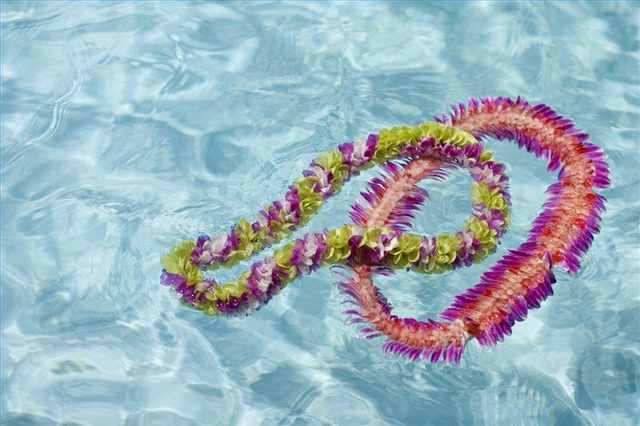Bulbs
Flower Basics
Flower Beds & Specialty Gardens
Flower Garden
Garden Furniture
Garden Gnomes
Garden Seeds
Garden Sheds
Garden Statues
Garden Tools & Supplies
Gardening Basics
Green & Organic
Groundcovers & Vines
Growing Annuals
Growing Basil
Growing Beans
Growing Berries
Growing Blueberries
Growing Cactus
Growing Corn
Growing Cotton
Growing Edibles
Growing Flowers
Growing Garlic
Growing Grapes
Growing Grass
Growing Herbs
Growing Jasmine
Growing Mint
Growing Mushrooms
Orchids
Growing Peanuts
Growing Perennials
Growing Plants
Growing Rosemary
Growing Roses
Growing Strawberries
Growing Sunflowers
Growing Thyme
Growing Tomatoes
Growing Tulips
Growing Vegetables
Herb Basics
Herb Garden
Indoor Growing
Landscaping Basics
Landscaping Patios
Landscaping Plants
Landscaping Shrubs
Landscaping Trees
Landscaping Walks & Pathways
Lawn Basics
Lawn Maintenance
Lawn Mowers
Lawn Ornaments
Lawn Planting
Lawn Tools
Outdoor Growing
Overall Landscape Planning
Pests, Weeds & Problems
Plant Basics
Rock Garden
Rose Garden
Shrubs
Soil
Specialty Gardens
Trees
Vegetable Garden
Yard Maintenance
How to Preserve a Flower Lei
How to Preserve a Flower Lei. Hawaiian leis are one of the most recognizable images in Hawaii. Preserving them is straightforward once you get the flowers home. However, keeping the lei fresh until then can be tricky since there are many types of flowers used to make leis. Each Hawaiian bloom requires different treatment to maintain freshness. It's...

Hawaiian leis are one of the most recognizable images in Hawaii. Preserving them is straightforward once you get the flowers home. However, keeping the lei fresh until then can be tricky since there are many types of flowers used to make leis. Each Hawaiian bloom requires different treatment to maintain freshness. It's important to keep the lei from wilting in order to preserve them correctly.
Things You'll Need
Fresh Hawaiian lei
Silica gel beads
Airtight container made of glass, tin or plastic
Keep flowers fresh until you're ready to preserve them. Locate information on how to keep them fresh either online or from a reputable, local florist.
Place silica gel beads (about 3 to 4 cm to cover the bottom) in a glass or plastic airtight container and then place the lei carefully inside once you arrive home. Pour silica beads around the inside edges of the container, but not directly onto the flowers as that could crush them. Shake the container to gradually cover the flowers. Keep adding silica until they are covered.
Arrange the lei the way you want it to be preserved and check that the silica beads get in and around the flower petals to dry them evenly. Don't let the flowers touch each other more than absolutely necessary.
Seal the container. The process should take 1 to 2 days for the lei to dry completely, though this greatly depends on the flowers being dried. The thicker the petals, the longer it will take for them to dry. Check the lei periodically to make sure they don't over-dry and become papery.
Remove the lei carefully with a slotted spoon to support the flowers and allow the silica to remain in the container.
Tips & Warnings
If you're still on vacation and can't start the preservation process right away, keep your lei in the refrigerator to preserve it until you return home.
If you're buying Hawaiian leis in advance and need to preserve them until a particular event, check out the Honolulu Star Bulletin's article on preserving each different type of lei.
Some leis have flowers that need to be kept dry while other Hawaiian blooms need to be kept wet. Consult a florist if you're not sure how your flowers need to be stored.
You can reuse the silica, drying out the moisture by heating it in a warm oven.
Flowers that have been preserved this way may reabsorb humidity from the surrounding air and discolor or droop. Keep flowers in a closed container to reduce the likelihood of wilting and preserve the lei's shape and color.
Keep silica in a secure, airtight container away from children. Wash thoroughly any containers that have held silica before storing or preparing food in them.